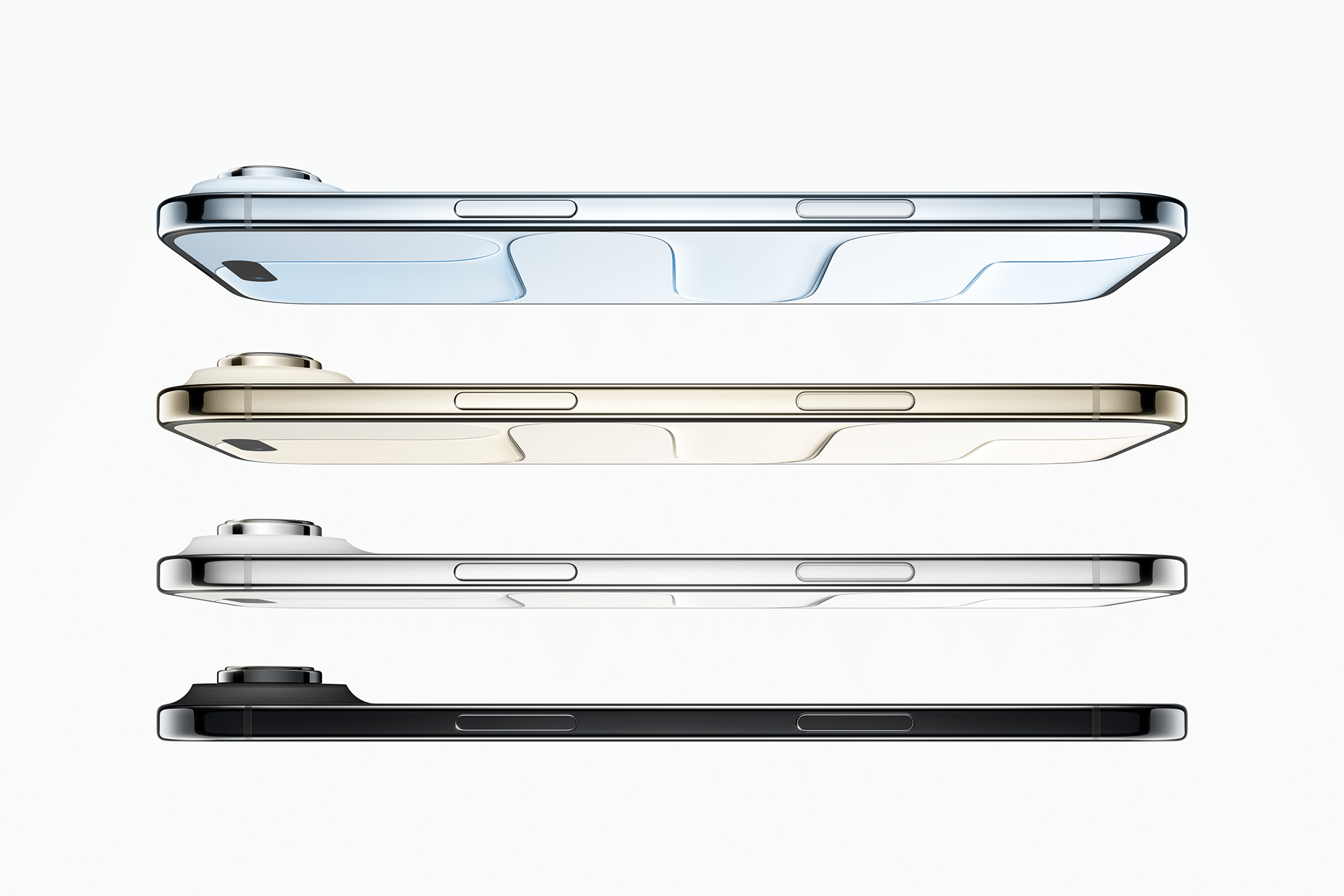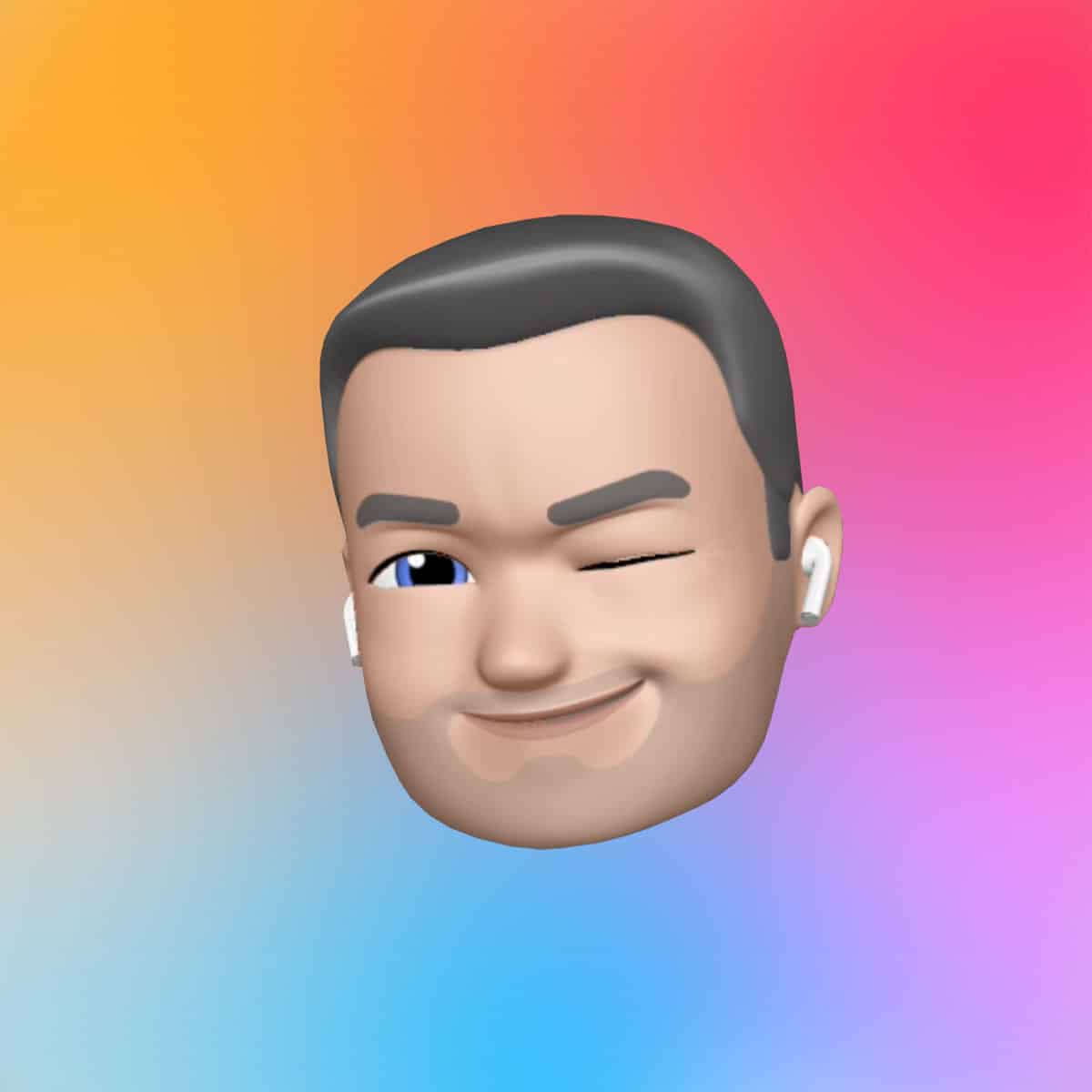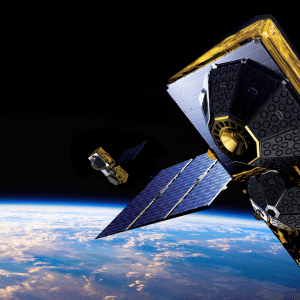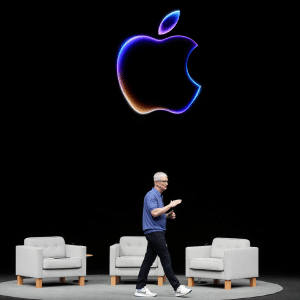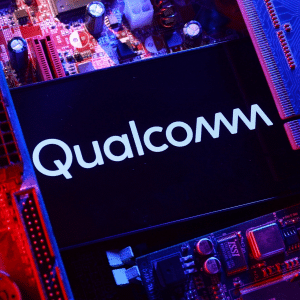Abidur Chowdhury, an industrial designer who played a prominent role in the development of the iPhone Air, has reportedly left Apple to join a fledgling artificial-intelligence startup, according to people familiar with the move. The departure, first reported by Bloomberg, was noted internally at Apple due to Chowdhury’s rising profile within the design organisation.
Chowdhury’s work at Apple included public visibility: he appeared during the September launch event for the iPhone Air, making him one of the few designers at Apple to take a front-stage role at a product unveiling. His exit follows several other design departures, and raises questions about how Apple’s industrial-design group is evolving amid broader corporate and organizational changes.
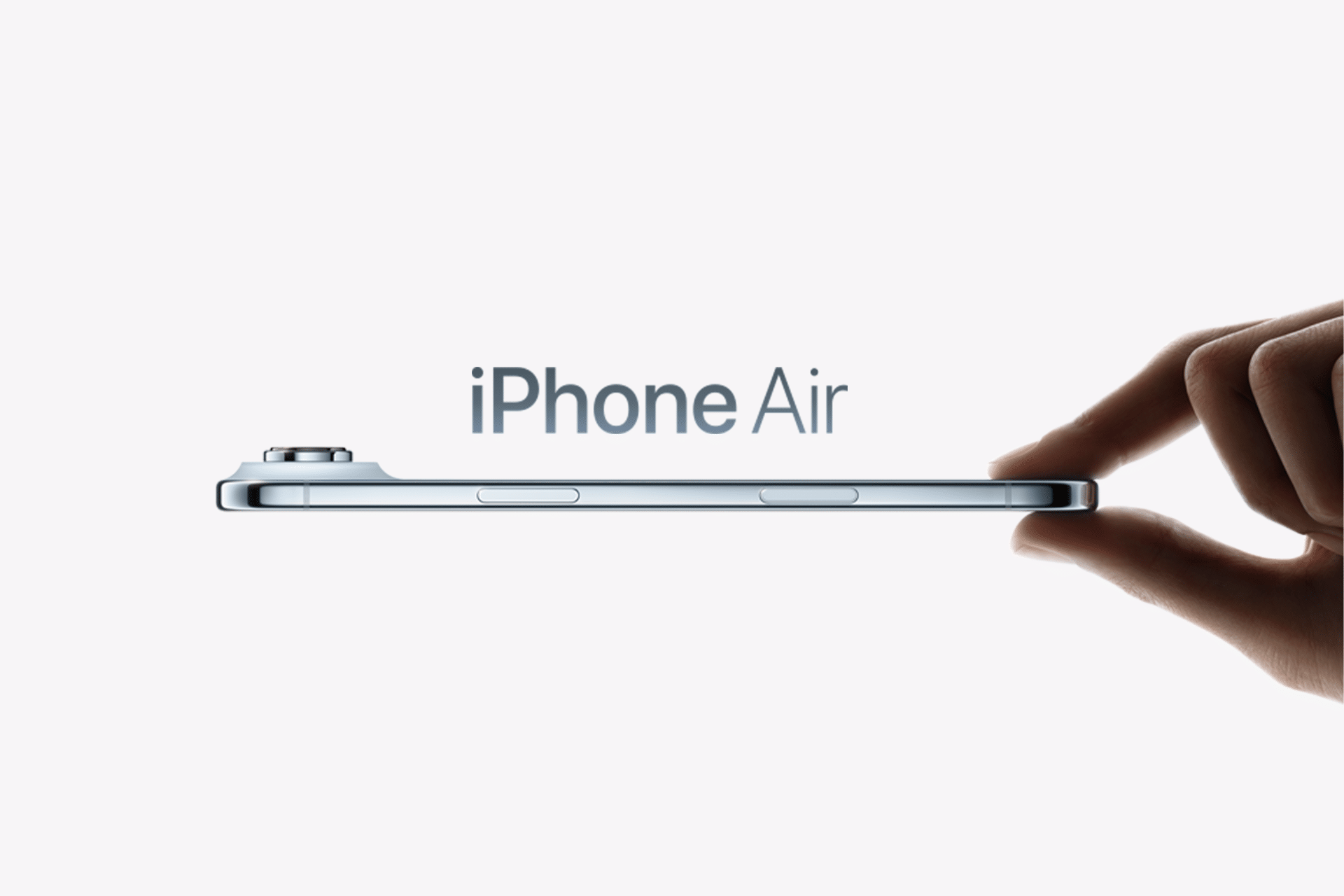
Industry Movement From Hardware Design to AI Innovation
Chowdhury’s decision to join an AI startup reflects a growing trend within the technology industry: hardware and industrial designers migrating toward companies focused on artificial-intelligence systems, services and devices. As AI becomes more central to both hardware interfaces and product ecosystems, designers who previously focused on form and ergonomics are increasingly working in spaces where data flows, algorithms and human-machine interaction take precedence over pure hardware aesthetics.
For Apple, that movement presents both a challenge and an opportunity. On one hand, losing a senior designer directly associated with a recent product raises questions about succession and continuity within the design team. On the other hand, it underscores the appeal of Apple talent in broader technology markets, and the company’s designs may increasingly be influenced by how hardware, AI models and user interfaces integrate seamlessly.
What This Means for Apple’s Design Organization
The departure of Chowdhury comes amid a period of transition within Apple’s design organization, which has faced publicised exits and internal restructuring. While Apple remains private about personnel matters, the loss of a designer with visibility may indicate broader shifts in how Apple approaches product development and team structure, especially as hardware and software continue to converge.
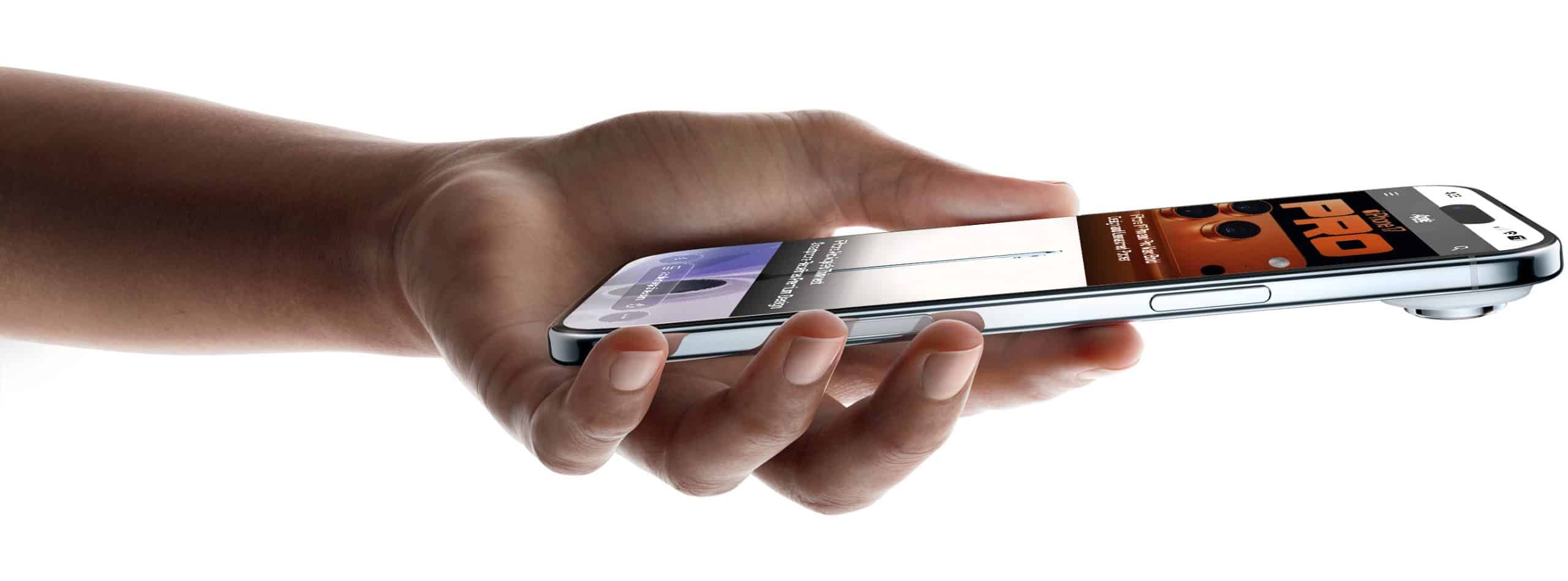
Sources say that while Chowdhury’s move was voluntary and unrelated to the performance of the iPhone Air itself, the timing and role highlight how Apple’s design leadership will need to adapt in a landscape where design responsibilities increasingly include software, services and AI-enabled experiences.
Implications for Apple Products and Future Design Direction
Although there is no direct link between Chowdhury’s departure and any specific product delay or change, the exit may signal how future Apple devices will lean heavily into integrated hardware-software experiences, especially as AI becomes embedded in everyday consumer electronics. Designers leaving for AI startups suggest that the edge between hardware design and AI interaction is blurring — a trend Apple must account for as it works on future iPhones, iPads and mixed-reality devices.
For observers, Chowdhury’s exit may also serve as a reminder that design talent continues to be mobile and in demand across shifting tech segments. Apple’s ability to retain and develop design leadership may influence how it executes new hardware and how it evolves product identity beyond form factor.
The departure has fueled conversation within design-industry and tech-talent circles about the role of industrial design in the AI era. As Apple continues to integrate advanced silicon, machine learning and new user interfaces into its lineup, the union of hardware aesthetics and AI responsiveness is becoming a critical competitive front.
